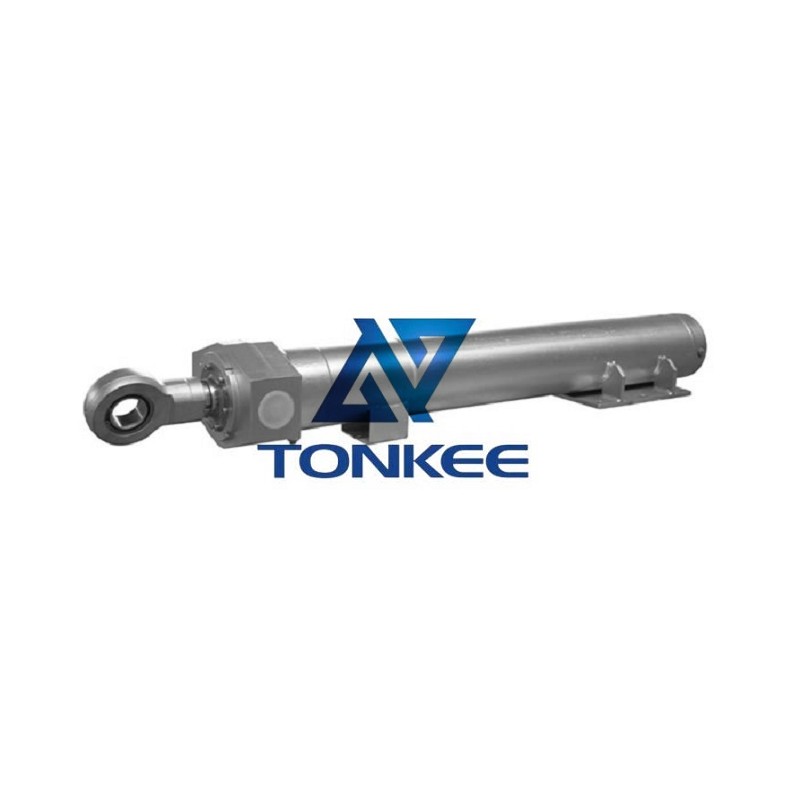
Environmental equipment hydraulic cylinders come in various types and configurations to suit different applications.
Common types include single-acting, double-acting, telescopic, and custom-designed cylinders. The choice of cylinder type depends on factors like load capacity, stroke length, and space constraints.
Bore Size:
The bore size of a hydraulic cylinder refers to the diameter of the piston inside the cylinder. It is a critical specification that determines the cylinder's force output. Environmental equipment often requires hydraulic cylinders with specific bore sizes to meet the demands of the application. Smaller bore sizes are suitable for light-duty tasks, while larger bore sizes are used for heavy-duty applications.
Stroke Length:
The stroke length represents the distance the piston can travel inside the cylinder. Environmental equipment hydraulic cylinders must have an appropriate stroke length to achieve the desired range of motion. Engineers and designers carefully select the stroke length based on the specific application's requirements.
Operating Pressure:
The operating pressure of a hydraulic cylinder is the maximum pressure it can handle safely. It is essential to choose a cylinder with an operating pressure rating that matches the hydraulic system's pressure requirements. This ensures safe and reliable operation of the environmental equipment.
Material Construction:
Environmental equipment hydraulic cylinders are typically constructed from materials that are corrosion-resistant and capable of withstanding harsh environmental conditions. Common materials include steel, stainless steel, and specialized coatings to protect against corrosion and wear.
Seal Type:
Sealing is crucial in hydraulic cylinders to prevent fluid leakage and ensure proper operation.
Environmental equipment hydraulic cylinders often use high-quality seals made from materials such as nitrile, polyurethane, or Viton, depending on the application's requirements.
Mounting Options:
Hydraulic cylinders can be mounted in various ways, including flange mounting, clevis mounting, and trunnion mounting. The choice of mounting option depends on the equipment's design and the desired connection method.
Rod Diameter:
The rod diameter is the diameter of the piston rod extending from the hydraulic cylinder. It plays a role in determining the cylinder's strength and resistance to bending. Environmental equipment may require specific rod diameters to meet load-bearing requirements.



 English
English Türkçe
Türkçe


